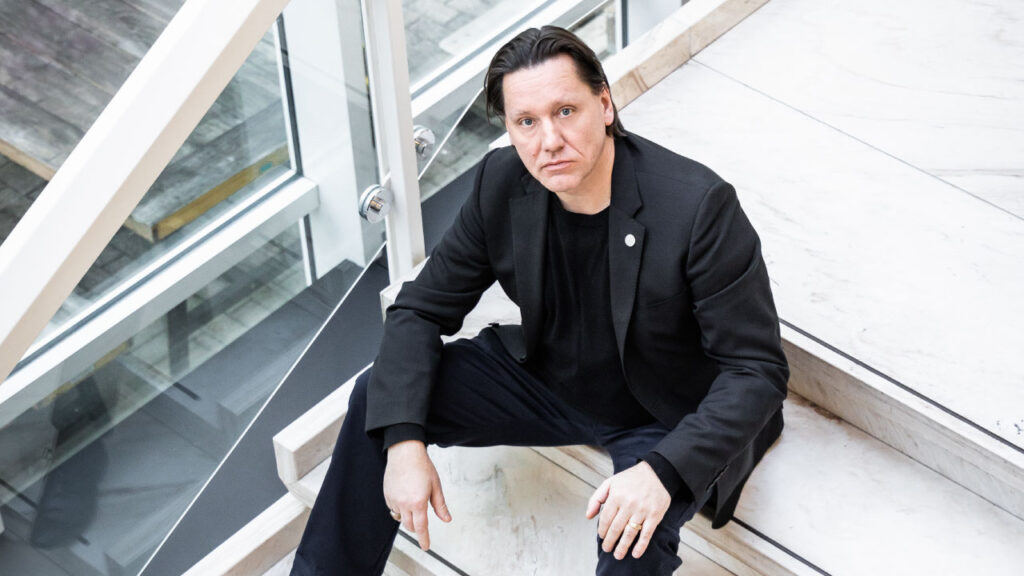
TV 2030: preparing for a future that’s already in sight
Remo Vogel, Chair of the DVB Project
DVB’s theme at IBC2025 is TV 2030, a future that is not as far away as it might seem. Let us take a joint look at the opportunities and challenges that come with it. In this spirit, the concept for this year’s booth will also change. We will place less emphasis on detailed technology demos and more on the transformation process and the next steps for our industry.
DVB-I: a game-changer
I’m not going out on a limb when I predict that in five years, DVB-I will be established in several key European markets. In some countries, this will accelerate the transition to OTT streaming, while others will continue to rely on broadcast. What excites me most is that DVB-I can seamlessly serve this diversity. We might even see DVB-I deployments in major international markets. In parallel, we will see increased adoption by operators – in that space, the technology is a true game-changer.
With the DVB-I Implementers Task Force, DVB has launched a working group to support the deployment process and ensure that national specificities can be addressed with the most uniform implementations possible. In addition, the task force is tackling technologically complex requirements – with native DRM currently in the spotlight.
Looking at recent developments in the TV market, one thing is clear: television remains popular, while the streaming market has reached a saturation point. With DVB-I, we have a technology that seamlessly connects both worlds. I strongly encourage streaming tech players who want to expand their business to get in touch with DVB – this is the place to be part of this evolution.
Broadcast’s future
I am very curious to see how new broadcast technologies will establish themselves in the coming years. I am convinced that a hybrid infrastructure is the best approach. However, an entrenched ‘the future is streaming’ narrative in the industry makes it difficult to successfully introduce broadcast innovations today. Even though streaming infrastructures are still not of sufficient scale to take over all television distribution, the old rule of thumb that ‘broadcast is cheaper than streaming’ no longer applies without qualification. In a global environment that is likely to remain turbulent in the coming years, aspects such as availability and network resilience should take centre stage.
DVB Native IP is the bridge between traditional broadcasting and an all-IP future. It makes broadcast fit for devices and applications beyond traditional television – without giving up the scalability advantages of broadcasting. At the same time, DVB aligns with 5G Broadcast technology, the solution for delivering broadcast services to mobile devices.
Sustainability stalling?
Sustainability should be just as central a criterion in television distribution as cost and quality: efficient technologies save not only bandwidth but also energy and resources. For this reason, in 2024 we launched a working group on energy efficiency. To be candid, so far we have struggled to bring this group and topic to life.
My impression is that while sustainability is regularly mentioned as an important topic, it too often remains limited to certificates, regulatory compliance, and formal sustainability reports as opposed to concrete actions that reduce energy consumption. I therefore invite everyone to see DVB as an overarching consortium and to actively participate in this working group.
Let’s talk about all of this, and more, in Amsterdam. See you there!
This article first appeared in Issue 66 of DVB Scene magazine.
Remo Vogel in addition to chairing the DVB Project, is responsible for the strategic development of distribution technology for Rundfunk Berlin Brandenburg, part of the ARD network in Germany. His focus is on hybrid systems for programme publication. He also leads DVB-I-related activities for both the EBU and the Deutsche TV-Plattform.
